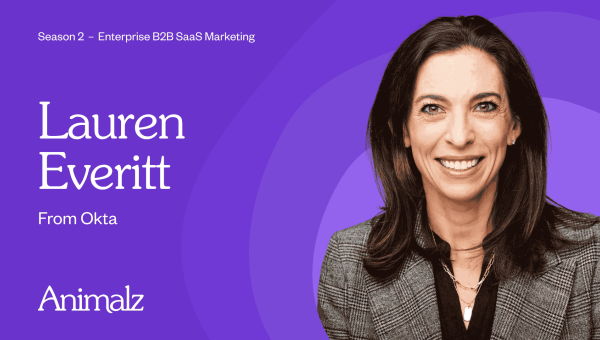Build context
We get to know you, your customers, product, industry, and GTM strategy—while you get to know our team and process.
Intelligent content for compounding growth
Resonate with audiences and algorithms through {rotating}

Our programs combine proprietary research, proven playbooks, and AI workflows to drive organic growth.
Brand & Authority
Distribute perspectives that attract the right audience and deliver pipeline. Pair us with your experts or leave the research to us.
SEO & AEO
Get sustainable ROI with a conversion-focused, AI-enabled, thoroughly measured SEO / AEO (Answer Engine Optimization) program.
Production & Distribution
Extend your team with content experts. We learn your product, industry, and go-to-market motion to produce quality content and provide supplementary strategic support.
Our Process
Need more details? We’re happy to work through them together.
We get to know you, your customers, product, industry, and GTM strategy—while you get to know our team and process.
We often—but not always—start with a tailored strategy built on your context, our proven playbooks, and mutual goals to deliver the right message through the right channels for measurable growth.
Quality isn’t accidental. It’s content purpose-built for your goals, informed by your industry’s realities, anchored in fresh thinking, and adapted for each channel’s unique audience.
We set goals together, track progress with your customized dashboard, and analyze results monthly—continuously refining our approach to maximize your investment.




Book time on our calendar. We're all ears and happy to consult on your content needs.
Book time on our calendar. We're all ears and happy to consult on your content needs.
